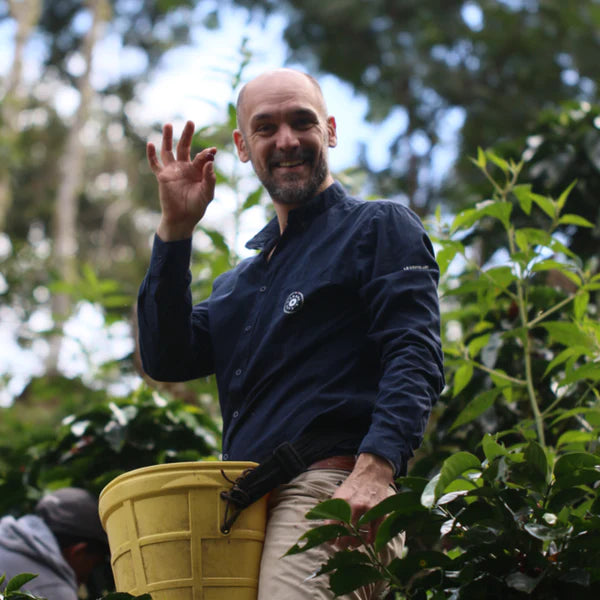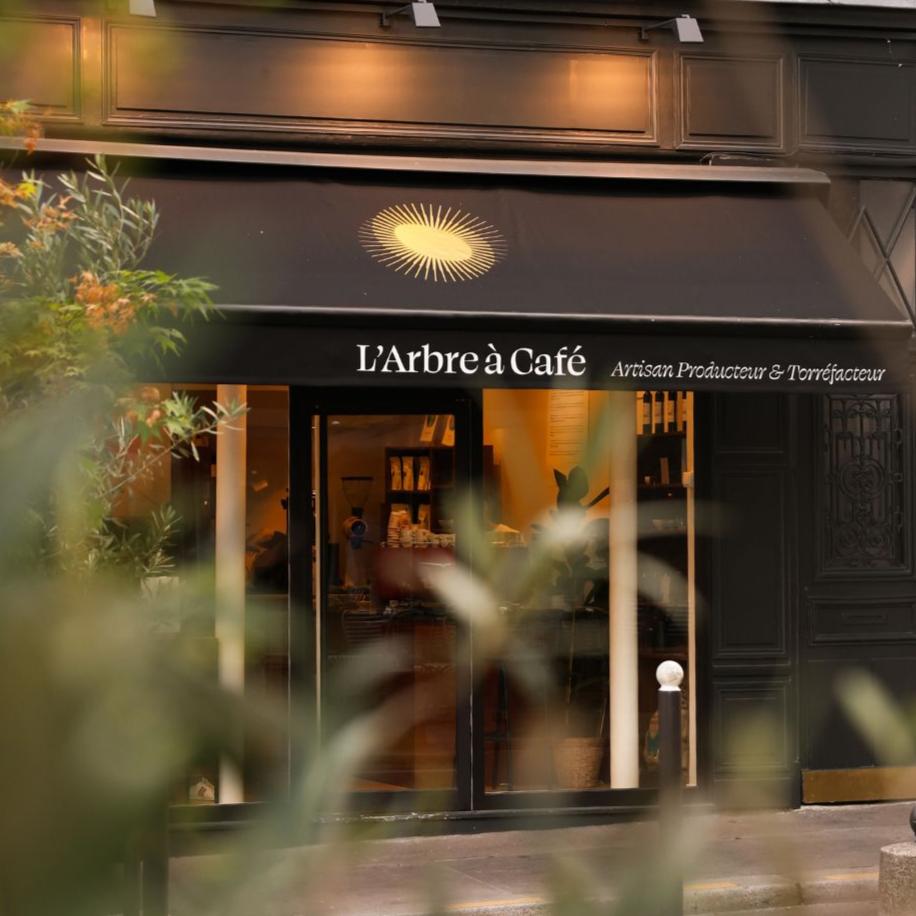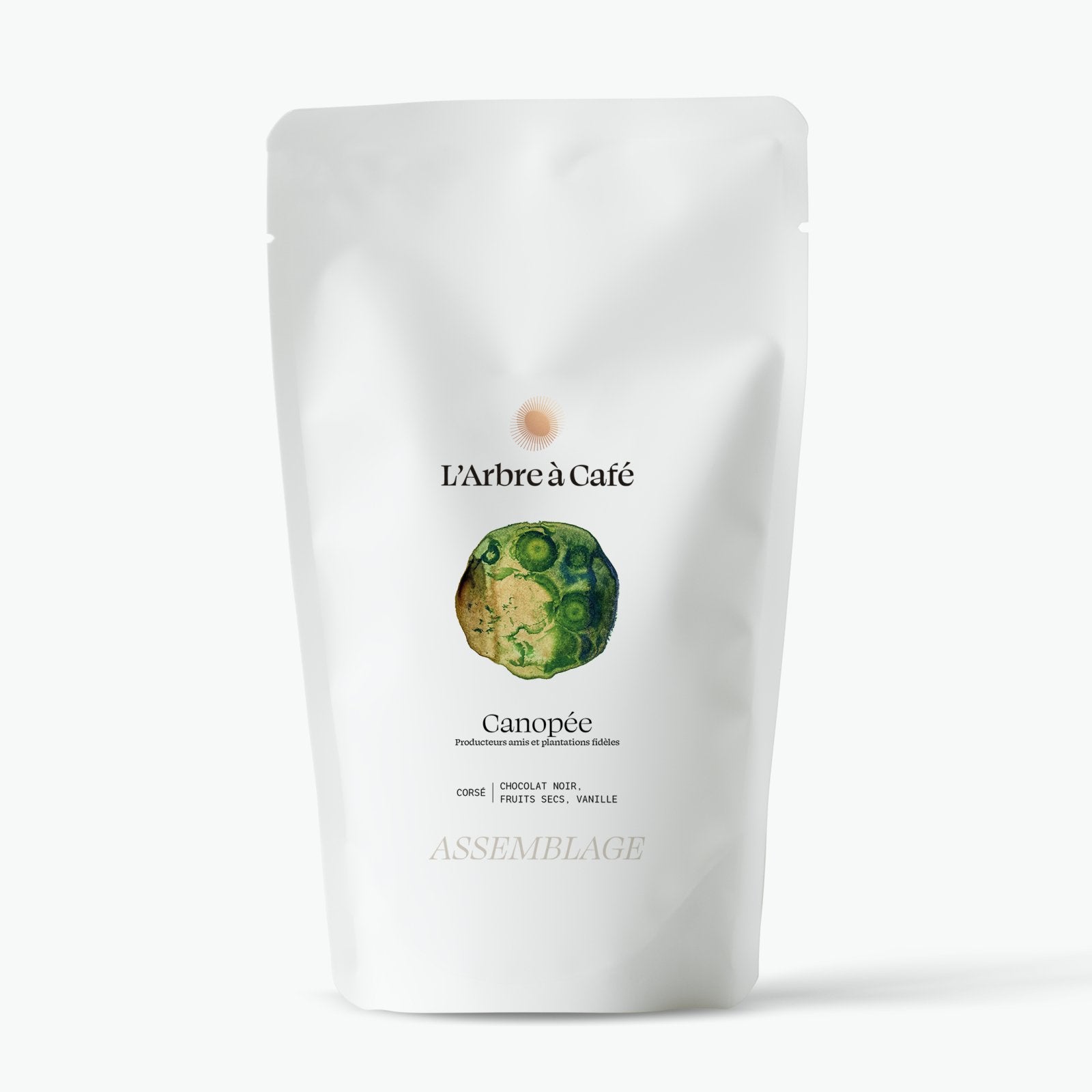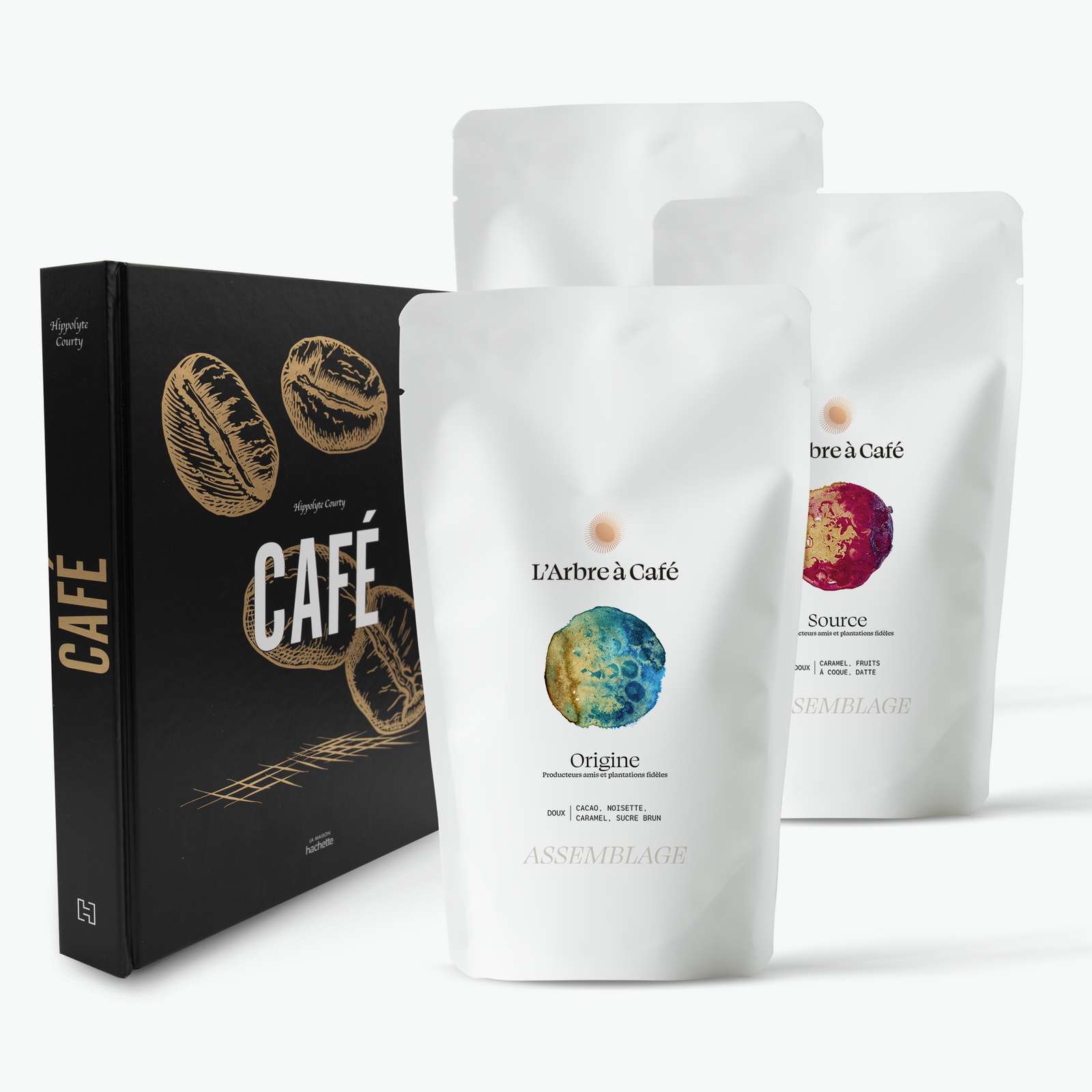WHAT IS THE BEST coffee bean?
We are all different and we all have very particular tastes. Some like sour things while others prefer bitter things, some like fruity tastes and others like floral tastes... and so on!
So here are a few guidelines to help you make your choice:
The less caffeinated your variety is, the less bitter it will be. If you are looking for a coffee without too much bitterness, we invite you to discover the Bourbon Pointu de La Réunion (link) as well as the Gédéo, the Moka Bunna Bet and the Chakra Do Dago.
Another tip: avoid fast roasts and advanced roasts, called "Dark Roast" by the Anglo-Saxons or "A L'Italienne" by the French.
- Low acidity coffee beans: Beyond these organoleptic characteristics, the type of preparation of a coffee can also reinforce its acidity or bitterness.
For example, espresso, by the pressure it exerts, tends to reinforce the perceived acidity of a coffee. A good roaster will therefore take this into account and roast his coffee in such a way as to reduce this perceived acidity. You should therefore avoid roasts that are too light, but also those dedicated to mild extractions.
- Low-roast coffee beans: coffee cooking can be similar to meat cooking. Thus, coffee can be raw, blue, rare, medium, overcooked or burned. At L'Arbre à Café, we prefer "mid-roast" cooking, which allows us to reveal the unique taste of each coffee.
- Coffee beans with little caffeine: What are the least caffeinated coffee varieties? These are most often 'Pure Origin' varieties like those we offer at L'Arbre à Café. They come from a unique terroir and are not mixed with others, or from crossbreeding or hybridization between arabica and robusta (more robust) as is often the case with commercial varieties.
You will also find here a selection of our best coffees.
How to store coffee beans?
Quality and conservation are the two most important criteria to fully appreciate a coffee.
Here are some tips to improve the conservation of your coffee beans:
- - Avoid light and humidity.
- - Avoid putting it in the refrigerator. Coffee is like a sponge, it absorbs the odors of other foods.
- - Place it in an airtight bag or box to specifically preserve the coffee.
Generally speaking, you can keep your coffee beans for 12 months after roasting and at L'Arbre à Café we advise you to consume them within 3 months at the most, 6 weeks for an optimal taste.
Learn more about coffee preservation.






















































